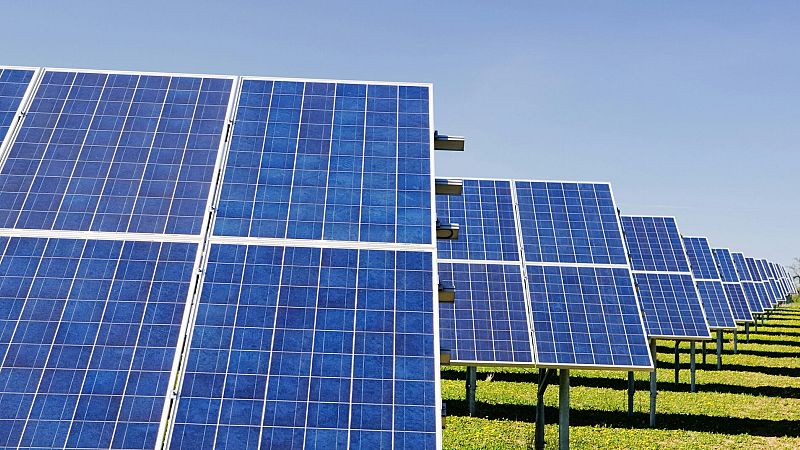
A season of unrelenting sunshine has turned Britain’s skies into an unlikely ally in efforts to decarbonise.
As the UK basked in its sunniest spring in its history, solar power also reached record highs.
According to data analysis performed by Carbon Brief, in the first five months of the year, solar power generated 42 per cent more energy than the same period last year, marking a 260 per cent increase in the past decade.
In April and May, solar power accounted for more than 10 per cent of all electricity generation, too.
The UK’s sunniest spring since records began
Spring 2025 was officially the sunniest since UK records began in 1910.
From 1 March to 31 May, the country recorded 653 hours of sunshine, 43 per cent above the 1961-1990 average and surpassing the previous spring record set in 2020, according to the Met Office.
It’s a trend that shows no sign of slowing.
“Seven of the top ten sunniest springs on record for the UK since 1910 have occurred since the year 2000,” Met Office scientist Emily Carlisle said in a statement.
According to Carbon Brief, the elevated sunshine levels boil down to a mix of natural variability, altered weather patterns and human influence from aerosol pollution.
Whatever the cause, the unusually bright conditions have had some unintended benefits.
The extra sun boosted the capacity factor of solar installations, a metric showing how much electricity solar panels generate compared to their maximum potential.
Extra sun meant lower emissions and fewer gas imports
The jump in solar output has also had an impact on the climate.
All the additional solar electricity generated so far this year has saved the UK an estimated £600 million (€710 million) in gas it would otherwise have to import. That much gas amounts to about 6 million tonnes of carbon dioxide if burned, or about 2 per cent of the UK’s total annual emissions.
While the green energy boost is significant, solar remains only the sixth-largest source of electricity in the UK this year.
In 2025, solar electricity accounted for 7.6 terrawatt hours (TWh), a unit used to measure large-scale electrical energy output. That puts it behind gas (37TWh), wind (33TWh), imported energy (18TWh), nuclear (15TWh) and biomass (8.0TWh).
More solar panels, more potential
Sunshine wasn’t the only factor behind the solar surge.
In 2024, the UK’s installed solar capacity rose to 20.2 gigawatts – roughly equal to the amount of energy that 38 million solar panels can produce. That total is up from 17.9 the previous year, thanks to falling prices and renewed policy support.
The sector is expanding rapidly, too.
According to Carbon Brief, Energy Secretary Ed Miliband has approved around three gigawatts of new solar capacity at large-scale sites since taking office last July.
By 2030, the UK hopes to have at least 45 gigawatts of solar capacity, part of official ambitions to become a ‘clean energy superpower’ with at least 95 per cent of its power coming from sources such as solar.
Long term, UK leaders say this will prevent price shocks, revitalise manufacturing and spare future generations from bearing the burden of climate costs.
All this sunshine has hidden costs
Despite the silver lining for solar power, dark clouds loom over the UK.
This spring was not only the sunniest on record. It was also the driest in 50 years, leaving many farmers desperate for rain during key planting and growing months, and threatening crop yields and food prices.
The dry conditions are likely to persist.
The Met Office has warned that the UK is now twice as likely to experience a hotter-than-average summer. The heightened conditions could strain emergency services, damage road surfaces and increase the risk of heat illness, particularly for older people and those with pre-existing health conditions.
Extreme heat is also affecting the country’s surrounding waters.
UK seas are currently experiencing an unusual marine heatwave, with surface temperatures rising well above average. Long-term, events like these could disrupt marine ecosystems and fisheries.
UK prepares for a solar powered future
Despite the challenges, analysts say solar will continue to play a vital role in cutting emissions, especially as fossil fuels are phased out of the UK’s power mix.
This year, the National Energy System Operator (NESO) hopes to operate the grid without fossil fuels for short periods, putting the spotlight back on solar power again.
While it may be weather-dependent, with the right infrastructure and the right conditions, experts say solar power can be one of the UK’s most powerful allies in the transition to cleaner energy.







